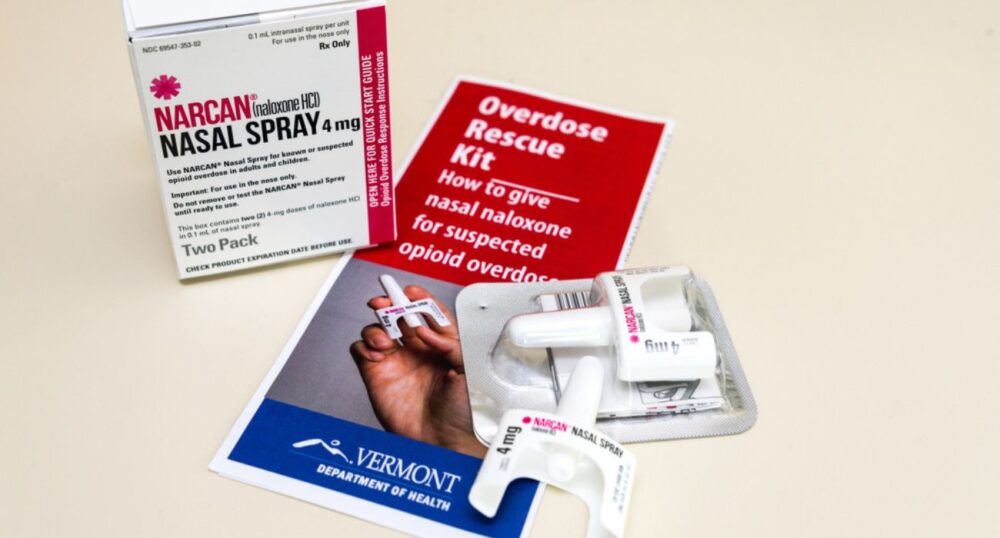Naloxone, also known as Narcan, is a medication that can reverse the effects of an opioid overdose. As opioid use and overdose rates continue to rise, it is increasingly important for individuals to understand how to use naloxone and recognize when it may be necessary.
Naloxone works by binding to the same receptors in the brain that opioids bind to, but it does not produce the same effects. Instead, naloxone can quickly reverse the life-threatening symptoms of an opioid overdose, such as slowed breathing and loss of consciousness.
Naloxone can be administered through several different routes, including injection, nasal spray, and auto-injector. Injection is the most common method of administration and can be done by anyone, regardless of medical training. However, nasal sprays and auto-injector devices are becoming increasingly popular due to their ease of use.
It is important to note that naloxone is not a cure for opioid addiction, and individuals who receive naloxone after an overdose still need medical attention. In addition, naloxone only works on opioid overdoses and is not effective for other types of drug overdoses.
If you or someone you know is at risk for an opioid overdose, it is important to have naloxone on hand. Naloxone can be obtained from a healthcare provider or a pharmacy without a prescription in many states. It is also important to know the signs of an opioid overdose, which can include:
- Slow or shallow breathing
- Blue or gray lips and fingernails
- Pinpoint pupils
- Loss of consciousness or unresponsiveness
- Gurgling or choking sounds
If you suspect that someone is experiencing an opioid overdose, call 911 immediately and administer naloxone if it is available. Remember, administering naloxone will not harm someone who is not experiencing an opioid overdose.
In conclusion, naloxone is an important medication that can save lives in the event of an opioid overdose. It is important for individuals to understand how to use naloxone and recognize when it may be necessary.
- Identify opioid overdose and check for response
- Check the product expiration date before use
- Give Narcan spray into either nostril with a tilted head
- Call 911 / emergency medical help, evaluate and support
- Have the patient in recovery side-lying position
- With the person lying on their back, kneel on the floor at their side.
- Extend the arm nearest you at a right angle to their body with their palm facing up.
- Take their other arm and fold it so the back of their hand rests on the cheek closest to you, and hold it in place.
- Use your free hand to bend the person’s knee farthest away from you to a right angle.
- Carefully roll the person onto their side by pulling on the bent knee towards you.
- Their bent arm should be supporting the head, and their extended arm will stop you from rolling them too far.
- Make sure their bent leg is at a right angle.
- Open their airway by gently tilting their head back and lifting their chin, and check that nothing is blocking their airway.
- Stay with the person and monitor their condition until help arrives.
Repeat Narcan nasal spray in the other nostril. If additional Narcan is available, repeat nasal mists every 2 to 3 minutes until the person responds or emergency medical help is received, per package instructions.
If you or someone you know is at risk for an opioid overdose, consider obtaining naloxone and becoming educated on how to use it properly by searching online for training options for you or your organization.

